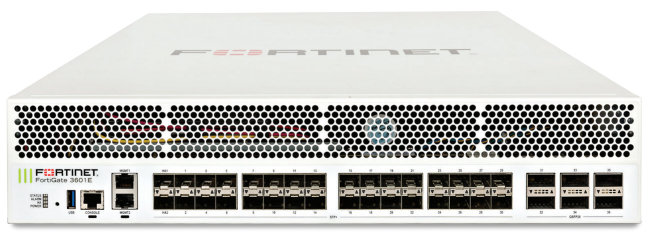
In many cases, addressing functional issues or securing customers from security vulnerabilities for the. NET Framework 3.5 cannot function without the. NET Framework 2.0 were released as independent product versions, each of these products have independent support lifecycles.Īs discussed earlier in this article, the. NET Framework 3.5 under the Programs and Features item, as shown in the following image:īecause the. NET Framework 3.0 SP1 are built into the operating system. Similarly, on Windows Vista SP1 and Windows Server 2008, the. NET Framework 3.0 SP2 are built into the operating system. On Windows Vista SP2 and Windows Server 2008 SP2, the. Customers who are running Windows XP or Windows Server 2003 can view these individual versions together with the corresponding updates under the Add or Remove Programs item in Control Panel:

NET Framework 3.5 SP1 product is installed, this also installs the.

NET Framework 2.0 Service Pack 1 (SP1) and the. NET Framework 3.5 product is installed, this also installs the. NET Framework 3.0 because there is no common language runtime (CLR) in the .NET Framework 3.5 layer. One by-product of this architecture is that the.

NET Framework 3.5 build on top of both the. NET Framework 2.0, and components in the. Internally, each layer contains mutually-exclusive components.
#FORTINET SUPPORT LIFECYCLE WINDOWS 7#
NET Framework 2.0 were historically released as individual products on platforms in versions of Windows earlier than Windows 7 and Windows Server 2008 R2.Įach of these product versions are really layers of a feature stack. This article contains clarification on the support life cycle for the. Clarification on the support life cycle for the.


 0 kommentar(er)
0 kommentar(er)
